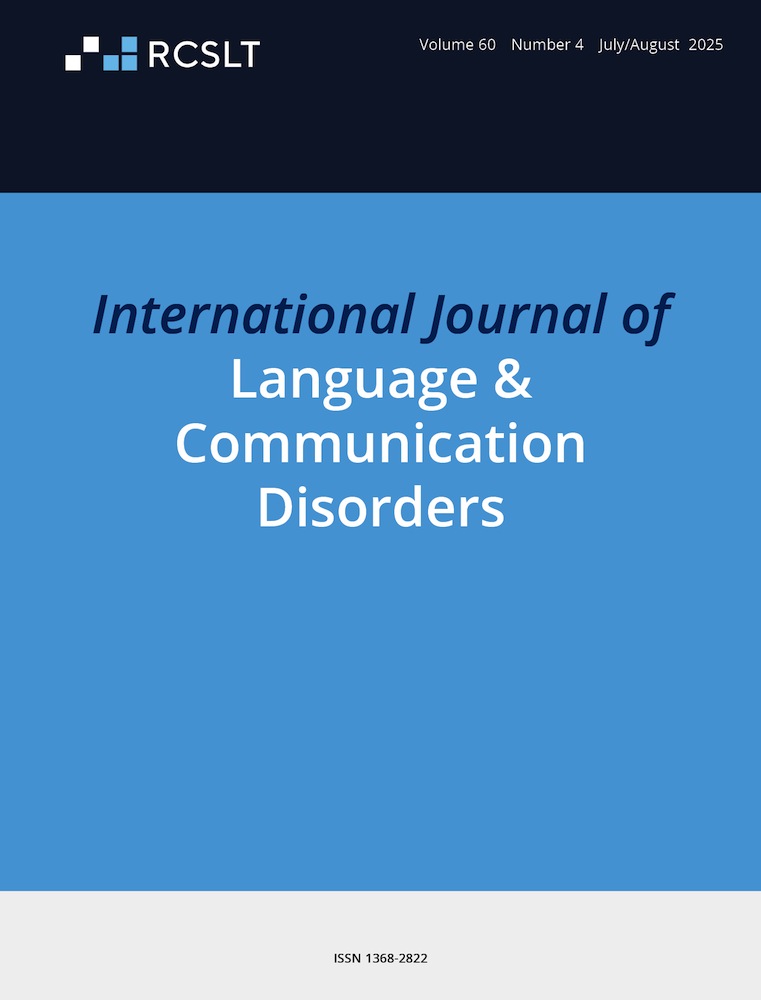Evaluating the Long-Term Effects of Multimodal Language Rehabilitation on Second Language Acquisition and Recovery in Bilingual Aphasic Patients: A Retrospective Cohort Study
Funding: This research was supported by the National Social Science Fund (No. 20BYY029).
ABSTRACT
Objective
This study aimed to evaluate the long-term effects of multimodal language rehabilitation on second language acquisition and recovery in bilingual aphasic patients.
Methods
The data of 78 bilingual aphasic patients who underwent language rehabilitation at the language rehabilitation team consisting of students and experts in this field from Beijing Jiaotong University and other universities and institutes from January 2021 to December 2022 were retrospectively analysed. Patients were divided into the conventional group (receiving conventional language rehabilitation, n = 38) and the multimodal group (receiving multimodal language rehabilitation, n = 40). The overall efficacy rate, second language vocabulary acquisition, language function scores, oral motor function scores, articulation clarity and quality of life scores in both groups were compared.
Results
The multimodal group demonstrated significantly higher overall efficacy rates compared to the conventional group (97.50% vs. 81.58%, p < 0.05). Notably, multimodal rehabilitation led to marked improvements in second language vocabulary acquisition (10.25 ± 2.14 vs. 8.14 ± 1.56, p = 0.001) and language function scores (124.75 ± 18.04 vs. 108.90 ± 17.62, p = 0.001). Enhanced articulation clarity (24.65 ± 4.75 vs. 20.58 ± 5.22, p = 0.001) and a social function, mental health and emotional role function in the quality of life further underscored its therapeutic advantage.
Conclusion
Multimodal language rehabilitation significantly facilitates second language recovery in bilingual aphasia, with sustained improvements in linguistic competence and psychosocial well-being. These findings advocate for prioritizing multimodal approaches in clinical practice to address the complex linguistic needs of bilingual patients.
WHAT THIS PAPER ADDS
- Bilingual aphasia poses unique challenges in rehabilitation due to the complex interaction between two languages in a shared cognitive system. While there is a growing body of research on monolingual aphasia, the long-term efficacy of multimodal language rehabilitation in bilingual aphasic patients remains understudied.
- Our study demonstrates that multimodal language rehabilitation significantly improves second language acquisition and recovery in bilingual aphasic patients, enhancing language function, oral motor function, articulation clarity and quality of life. These findings support the integration of multimodal approaches in clinical practice for bilingual individuals with aphasia.
- The results of our study suggest that multimodal language rehabilitation can be a highly effective intervention for bilingual aphasic patients, potentially leading to improved outcomes and better quality of life. Clinicians should consider incorporating multimodal rehabilitation strategies into their treatment plans for bilingual patients to optimize recovery.
Conflicts of Interest
The author declares no conflicts of interest.
Open Research
Data Availability Statement
The data involved in the present study can be provided under reasonable request.




